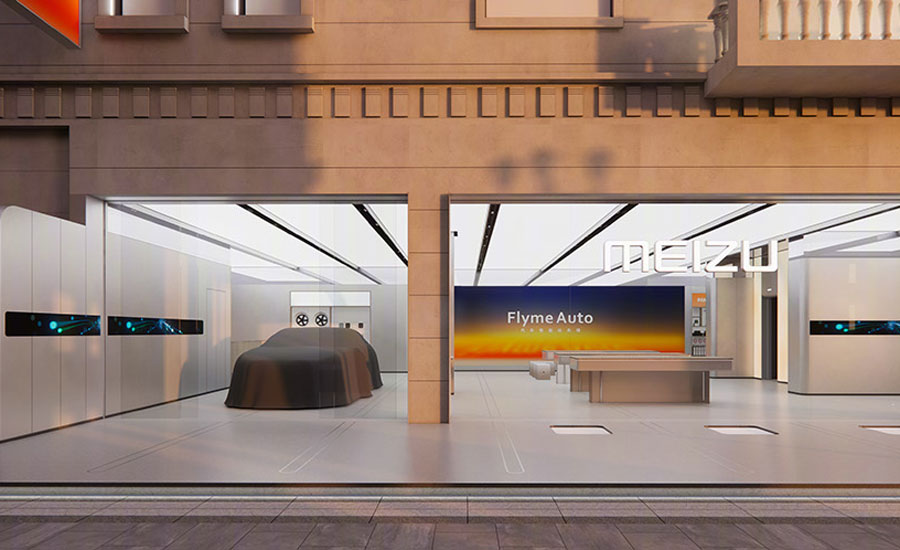
After the acquisition of 100% of Meizu shares by Geely, we are all waiting for the big comeback of the “small company from Zhuhai”. In cooperation with Aisidi, Meizu plans to open more than 1,000 new offline stores in China in the next three years. These stores will offer a wide range of services, as well as the sale of smartphones, smart cars, AIoT products and more.
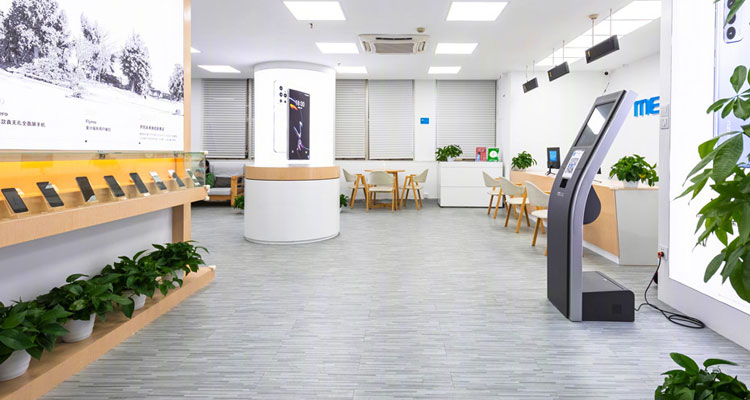
The long-awaited Meizu 20 flagship series should be unveiled in the spring. That is, we can expect some information to leak after the Spring Festival (Chinese New Year).
Meizu is a pioneer in China in the production of both music players and smartphones. The company has always paid attention to detail in its products with an uncompromising attitude to appearance and user experience. Let’s recall in how many things Meizu was a step ahead of its competitors.
Meizu is one of the first Chinese companies to realize the importance of having its own laboratory and independently controlling the entire process of manufacturing and testing products. MEIZU LAB was established in 2006 with about 15 million dollars of investments. It is located in the company’s headquarters building, it covers an area of 2000 square meters and consists of 12 sites in 6 different categories. At that moment, MEIZU LAB is the second in China to be certified according to the ISO 17025 standard for quality management in testing and calibration laboratories.
Meizu M8 is the company’s first smartphone, but it’s also the first true Chinese smartphone. Its development began in 2007, it was presented at the end of 2008, but it was not put on the market until the beginning of 2009, due to problems with the regulatory requirements in China.
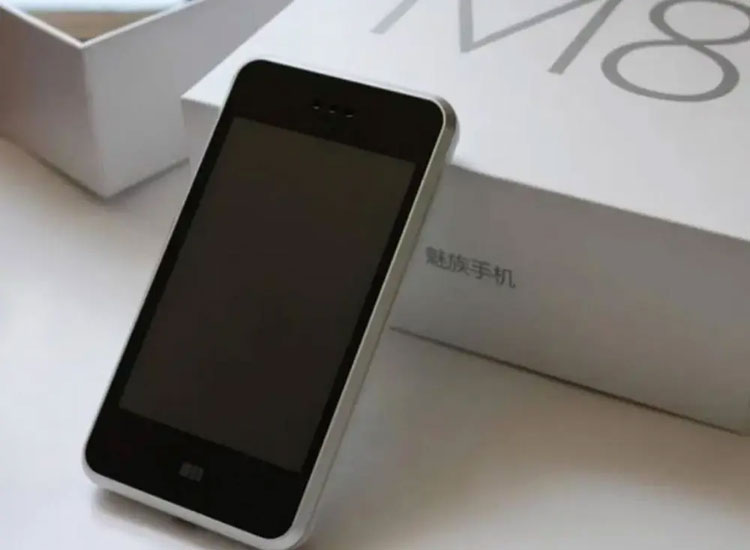
The Meizu M8 is based on Windows CE 6.0, but here the company again has shown its creativity by redesigning the user interface named Mymobile. Meizu M8 is quite similar to its direct competitor iPhone 3G, but it even surpasses it in some features. It was also the first Chinese smartphone on display at Microsoft’s headquarters in Beijing, where it remains to this day.
The 2014 Meizu MX4 Pro is the world’s first Android phone with a front-mounted mTouch fingerprint sensor built into the Home button. Unlocking takes less than 0.5 seconds, even with wet fingers.

Meizu M2 Note coming in June 2015. and changes the way you navigate in Android phones with the debut of the mBack button. mBack combines the Home button and the stock Android three-button navigation. In Meizu’s Flyme just one is enough for us – a touch to go back, a short press to go to the home screen and a long press to put the phone to sleep. The open apps are displayed by swiping up from the bottom of the screen. And this is not the end. The fingerprint sensor is built into the mBack and works extremely fast.
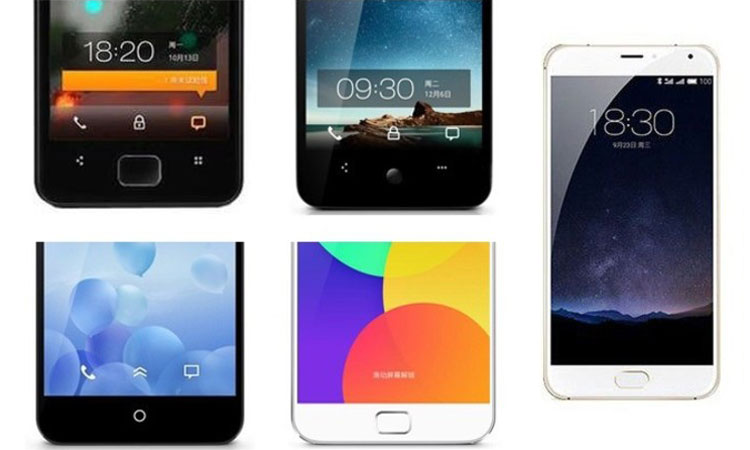
The Meizu 15 series from early 2018 marks the company’s 15th anniversary. These are Meizu’s last smartphones from the era of the phones with bezels. Without sacrificing the front-facing fingerprint sensor, Meizu achieves an exceptional screen-to-body ratio of 81.0% (on the Meizu 15 Plus). The Meizu 15 series is the first in the Android camp in which the tactile connection is made through a horizontal linear vibration motor. This is the best and most expensive vibration motor on the market, but even the budget model Meizu 15 Lite is equipped with mEngine.
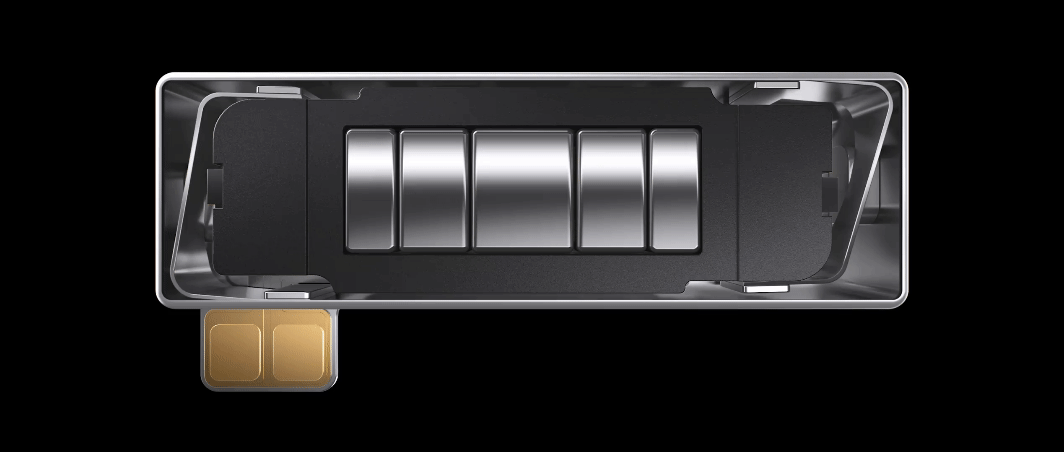
In January 2019 Meizu introduced the Meizu Zero smartphone, whose advertisement also appeared on the huge LED panel of the American stock exchange NASDAQ. And in this case, the company is a pioneer. It is the world’s first phone without any openings. A ceramic unibody, no physical buttons, with in-screen sound, in-screen fingerprint, wireless charging, wireless transmission, eSIM and a series of new technologies. This earned the Meizu Zero an iF Design Gold Award in 2020.
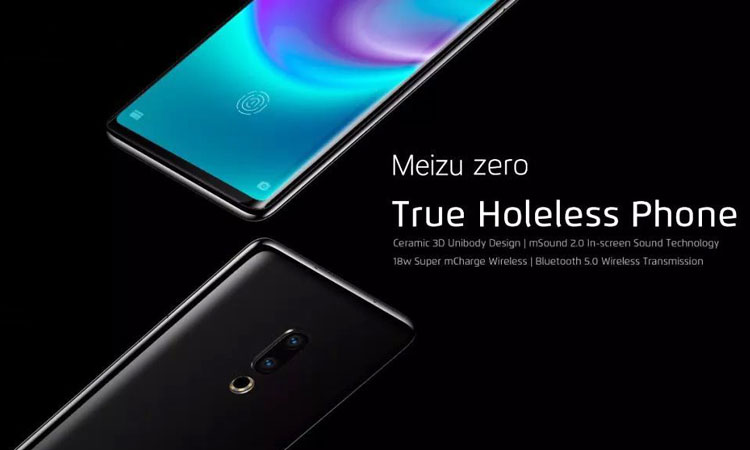
In October 2019 Meizu released the world’s first sonic electric toothbrush with anti-splash technology. The toothbrush has a new generation vibration motor that vibrates with a frequency of 32,000 times per minute and an amplitude of 5.5mm. This motor is the main component preventing the toothpaste from slipping out of the head, and the technology is patented by Meizu. The toothbrush was jointly developed with Taikang Bybo Dental, China’s leading manufacturer of dental accessories.
With Flyme 9, presented in March 2021, the company is once again a pioneer. It is the first custom ROM in the Android camp that is completely focused on the user experience and security of the phone. Subsequently, similar restrictions were introduced in Android 12. Flyme 9 was even praised by Shen Yiren, the former vice president of OPPO.

The limited series Meizu 18 Chinese White Dolphin, released in mid-2021, is the only all-white smartphone with a four-curved panel. Making such a display with white bezels is very expensive and has a high rejection rate, so smartphone manufacturers avoid it.

In September 2021, the Meizu 18X became the first in the mobile phone industry to possess an NFT digital image. The Meizu 18X’s avatar ( AI 「X」) is created and sold on one of the largest NFT platforms in the world – OpenSea.

The Meizu company also boasts the most creativity among mobile phone manufacturers when it comes to SIM eject pins. Each Meizu collector’s edition smartphone has its own custom version of the pin.
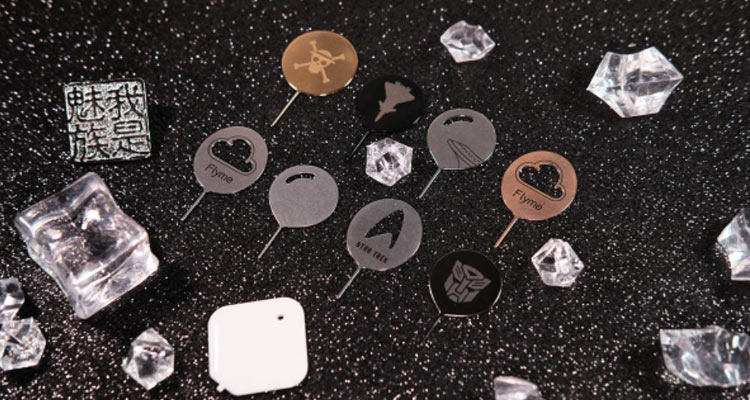
Let’s not forget the smart and healthy products with the lipro brand. In July 2022, luminaires from the lipro series were the first in the world to be certified with the „Color Rendition Rating DIAMOND“ for both a high degree of color rendition and the absence of harmful blue light. The certificate is issued by UL Solutions – an American company for standardization and certification in the field of safety technology.
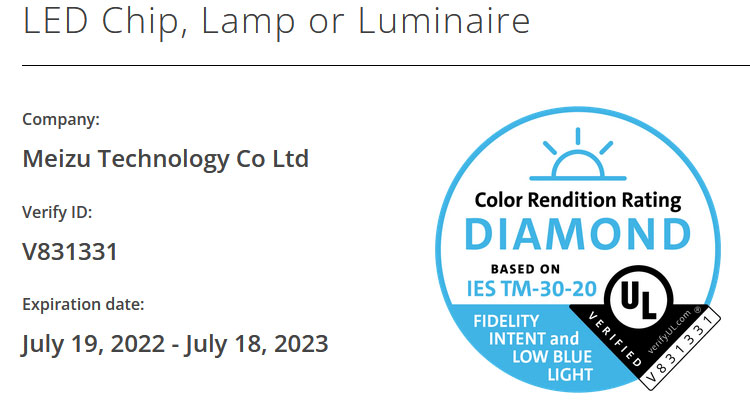
 FAN CLUB BULGARIA
FAN CLUB BULGARIA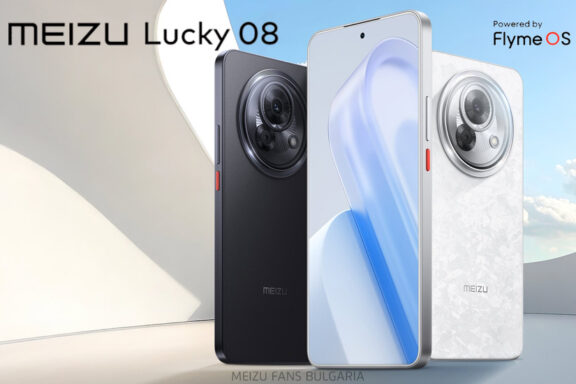 Meizu Lucky 08: A budget AI phone with flagship features
Meizu Lucky 08: A budget AI phone with flagship features Meizu Lucky 08, most powerful AI phone in the 2,000 yuan range, will be released this month
Meizu Lucky 08, most powerful AI phone in the 2,000 yuan range, will be released this month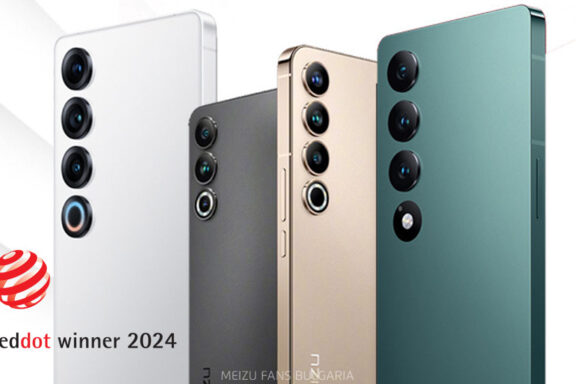 Meizu 20, Meizu 20 PRO, Meizu 20 INFINITY and Meizu 21 PRO won Red Dot Award 2024
Meizu 20, Meizu 20 PRO, Meizu 20 INFINITY and Meizu 21 PRO won Red Dot Award 2024